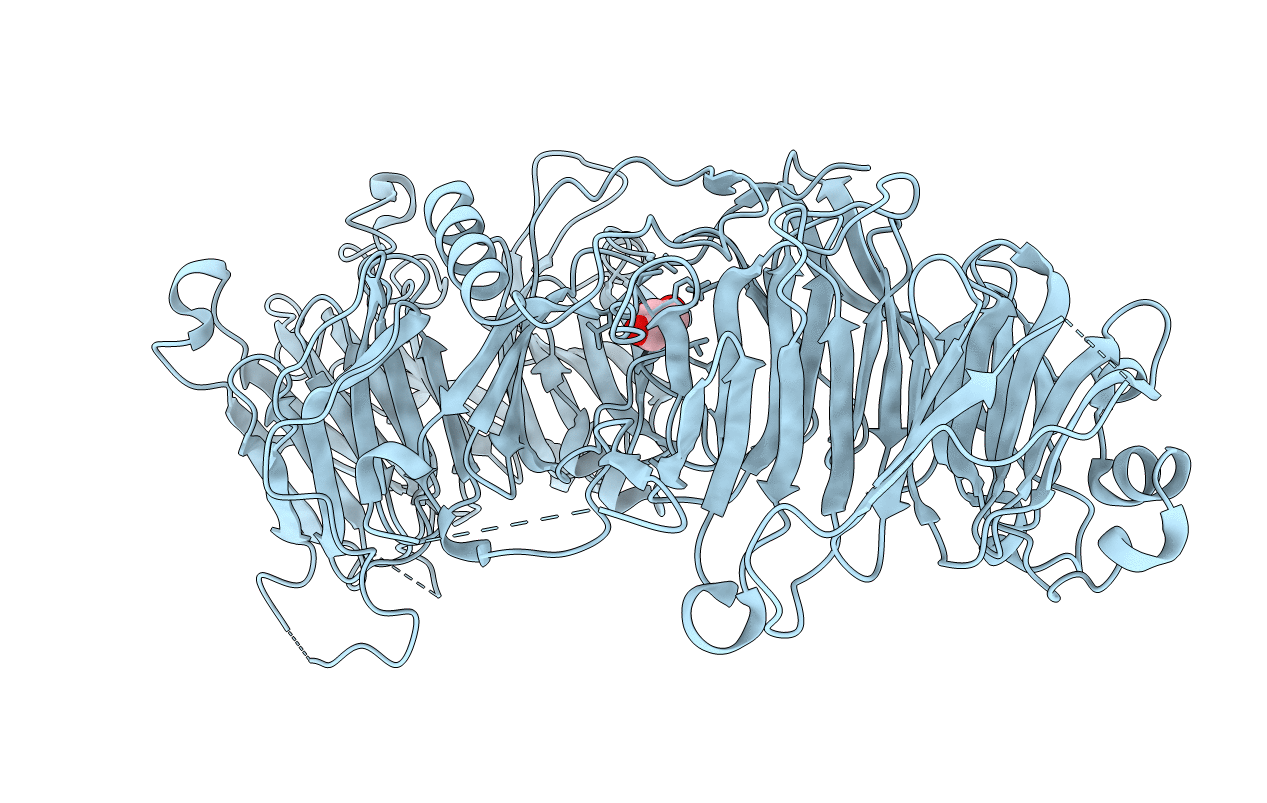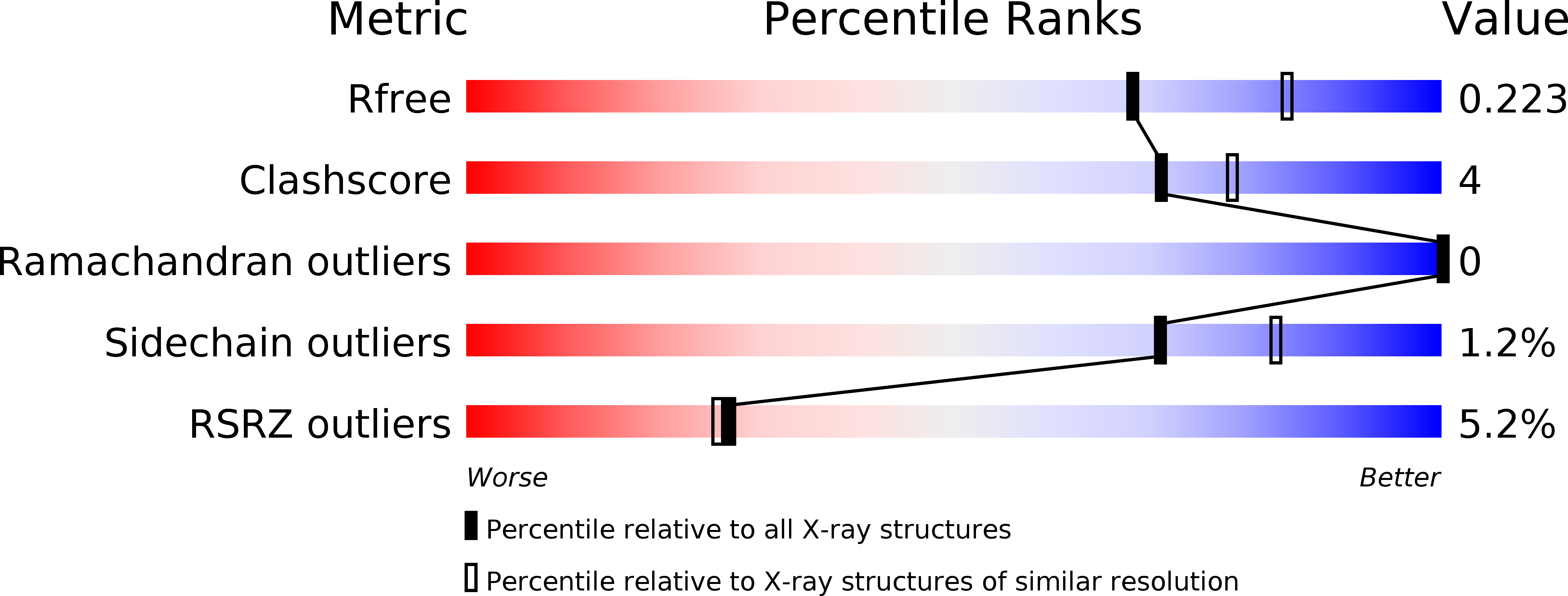
Deposition Date
2018-11-30
Release Date
2019-05-08
Last Version Date
2024-03-13
Entry Detail
PDB ID:
6N8Q
Keywords:
Title:
Crystal structure of the human cell polarity protein Lethal Giant Larvae 2 (Lgl2). Unphosphorylated, crystal form 2.
Biological Source:
Source Organism:
Homo sapiens (Taxon ID: 9606)
Host Organism:
Method Details:
Experimental Method:
Resolution:
2.20 Å
R-Value Free:
0.22
R-Value Work:
0.20
R-Value Observed:
0.20
Space Group:
C 1 2 1


